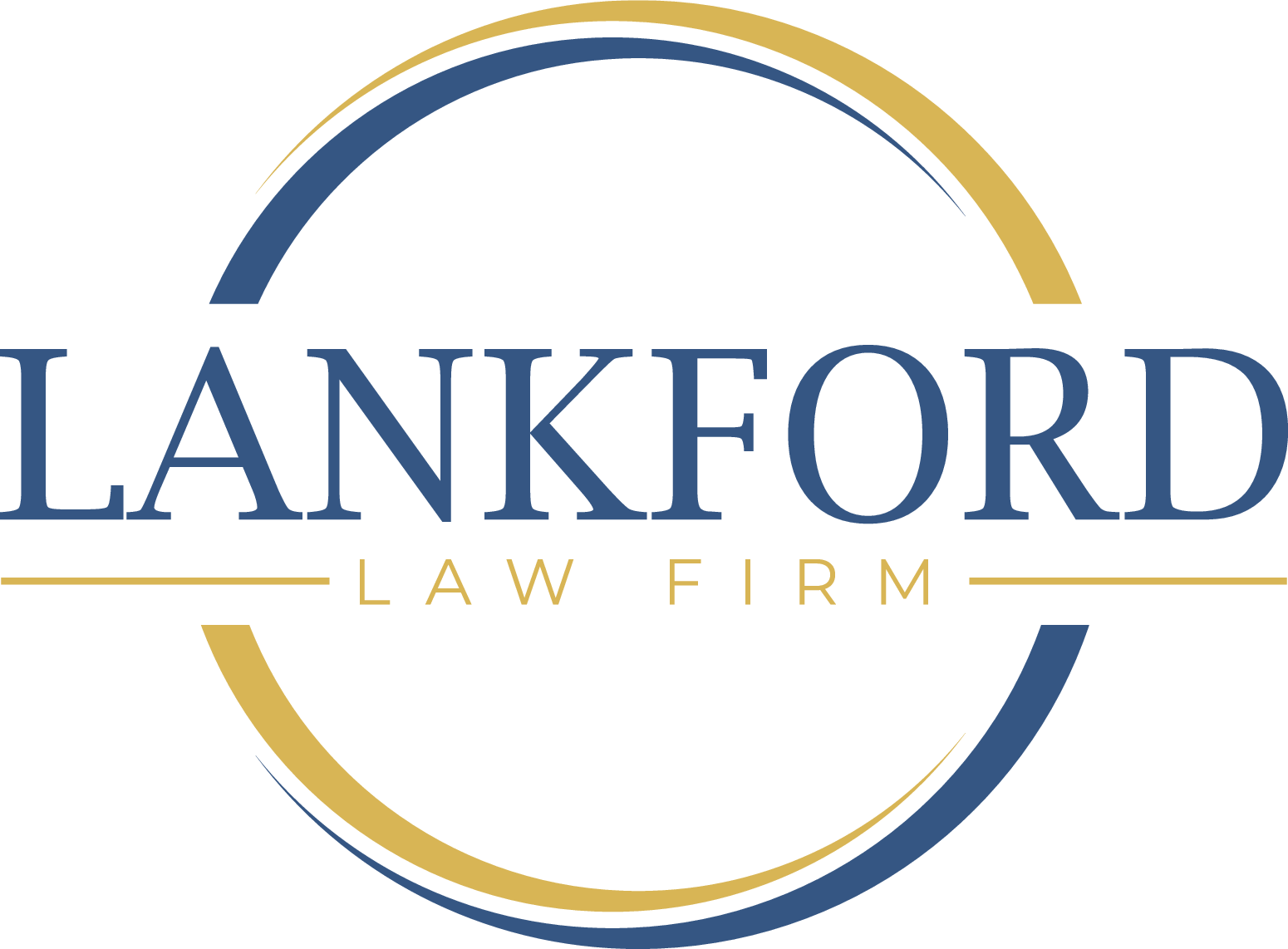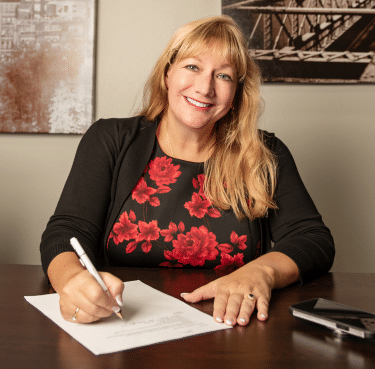Just as it is important to register your trademark, it is also important to register it the right way. There are many possibilities to make mistakes and trip yourself up along the way as you seek trademark protection for your intellectual property (IP).
For many, especially new start-ups, these trademark mistakes are understandable. You have a lot going on, and it can be difficult to focus on everything at once. That’s just one of the chief reasons why it is crucial that you hire experienced business law attorneys for all of your trademarking, copyrighting, and trade secret legal matters. Just the same, however, it is good to keep yourself educated and aware of the many pitfalls and mistakes that others have made when trademarking their brands, products, and services.
Are You Sure a Trademark is Right for You?
Not everything can be trademarked. Some intellectual property is subject to legal protections via copyrights, patents, or non-disclosure agreements.
The following cannot be trademarked:
- Creative works like books, music, art, and cinema.
- Deceptive words.
- Decorative features.
- Descriptive words.
- Discoveries.
- Generic goods or services.
- Ideas.
- Inventions.
- Living person’s names.
- Logos that depict national flags.
- Misleading geographical products.
- Offensive or obscene slogans or logos.
Have You Conducted a Comprehensive Trademark Search?
The U.S. Patent and Trademark Office (USPTO) recommends everyone registering a trademark to conduct a thorough search for trademarks, including those abandoned or canceled. If an overly similar trademark is already in existence, your trademark application may be rejected.
Too many hopeful applicants believe they’ve done an adequate enough search for old trademarks. They may do a search on Google or a cursory glance at the federal trademark database and call it a day. But this is often insufficient. The recommended option is to hire a trademark lawyer to conduct the search for you.
Have You Filed the Trademark with the USPTO?
Your exclusive rights to a trademark are extremely limited if you do not take the time to officially register the trademark with the USPTO. We understand that, especially for new businesses, you have a lot going on. However, delayed filings can hurt your chances of safeguarding your trademarks and lifting up your brand into the future.
Remember to register all of your trademarks, too, not just what you feel is the most important trademark. Trademark your business’s name, logos, slogans, unique color schemes, and other features, too. Be as exhaustive and comprehensive as you can.
Do You Know the Different Trademark Symbols?
The trademark symbol ™ is sometimes referred to as the ‘poor man’s trademark’ and indicates an unregistered trademark for goods.
The ℠ symbol indicates a non-registered trademark for services offered.
Only the ® symbol indicates registered trademarks for either goods or services.
Did You Use the Correct Filing Basis?
There are four different filing bases to choose from when registering your trademark, and it is crucial that you select the right one.
The four different filing bases are as follows:
- Use on a commercial basis.
- Foreign application basis.
- Intent-to-use basis.
- Foreign registration basis.
For more information, please contact our law firm to speak with our trademark lawyers.
Have You Chosen the Right Trademark Class?
There are over 40 trademark classes, and selecting the wrong one may result in your registry application being denied by the USPTO. Your trademark must fit into the selected trademark class in order to be considered. While some examples of trademark classes are obvious, others are far less so. It might be tempting to select every potential class in hopes of striking the right mark, but this is not allowed. Once again, the most surefire solution to this problem is to work with attorneys with experience helping clients with similar trademark matters.
Have You Protected Your Trademark?
After you’ve registered your trademark, you are responsible for enforcing it. That means that if anyone infringes upon your trademark, you and your legal representatives are the party who has to call attention to it and ensure that action is taken.
It is wise to have a strategy in place to safeguard your trademark from those who may seek to capitalize on it. If you are not watchful, another party could violate your trademark rights, resulting in the need for a costly legal battle. Not only that, but it could result in you ultimately losing your trademark rights.
Have You Properly Maintained Your Trademark?
Trademarks can persist indefinitely with no set expiration date. However, they do need to remain in use and be renewed occasionally in order for their legality to stay active.
The USPTO has set renewal deadlines for new and old trademarks. For new trademarks, you must first renew your trademark at some point between the fifth and sixth year and then again between years nine and 10. After that, renewals must be made every decade.
In order to renew your trademark, you must prove that it has been in recent use. Failure to renew by the deadline could result in the cancellation of your official trademark registration.
Schedule a Consultation with Experienced Trademark Lawyers Today
Still have questions or concerns? Give us a call. We proudly provide legal services to clients across Central Florida with all sorts of intellectual property legal matters.
Lankford Law Firm is not as big as some of the other firms in the area, but we think that provides us with an edge. As a smaller firm, we can provide more personal and efficient legal representation at a more cost-effective rate.
To learn more about the services we offer, please get in touch with our Daytona Beach-based law offices at 850-888-8992.


 Call Us Now
Call Us Now Email Us Now
Email Us Now

